Working with a Unilock Authorized Contractor for your project means working with the best of the best.
ANCHORLOCK™
ANCHORLOCK™
The unique L-shaped design of Anchorlock provides ultimate locking strength for heavy duty applications. Six locking sides and tri-axis engineering have made its performance over the past thirty years in high traffic applications recognized by paver specialists worldwide. As well, it is ideal for mechanical installation, making it an economical choice for large scale projects.
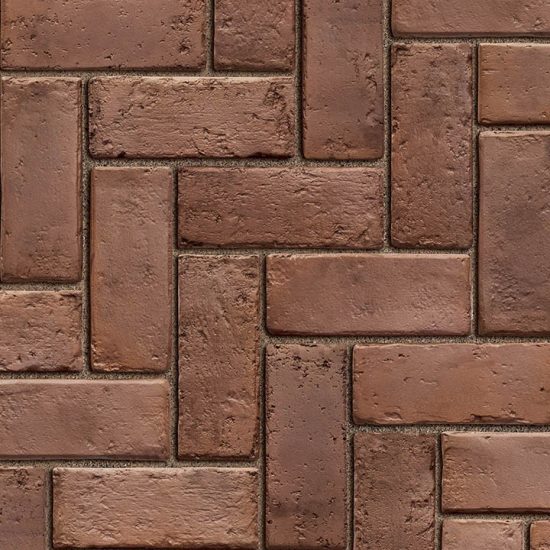
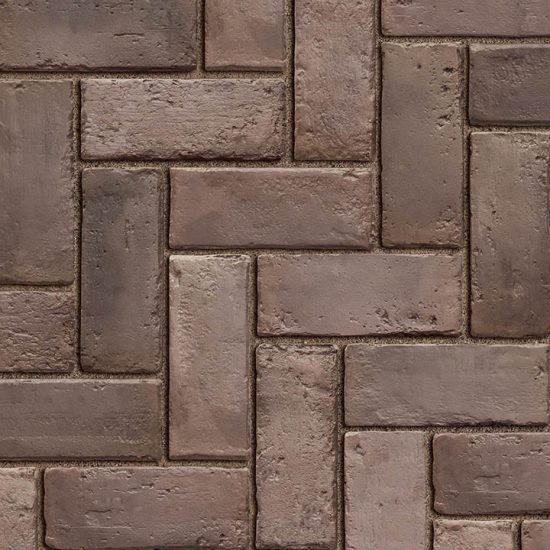
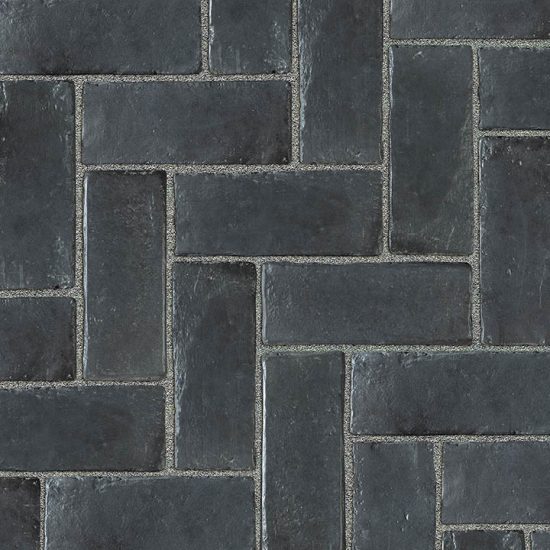
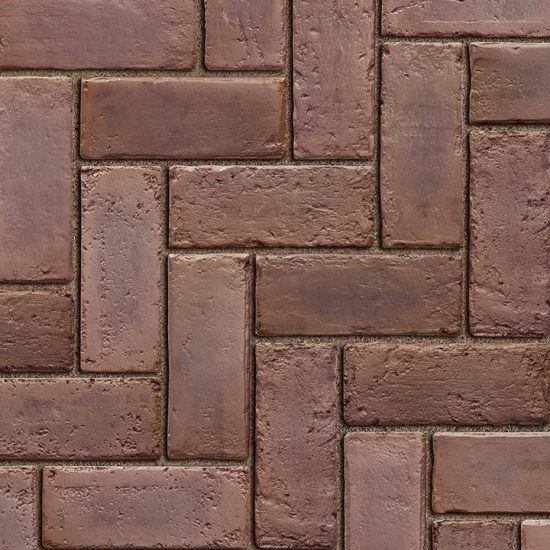
Shape and size

100mm x 250mm x 70mm
3 7/8" x 9 7/8" x 2 3/4"

100mm x 250mm x 70mm
3 7/8" x 9 7/8" x 2 3/4"

100mm x 250mm x 70mm
3 7/8" x 9 7/8" x 2 3/4"

100mm x 250mm x 70mm
3 7/8" x 9 7/8" x 2 3/4"

100mm x 250mm x 70mm
3 7/8" x 9 7/8" x 2 3/4"

100mm x 250mm x 70mm
3 7/8" x 9 7/8" x 2 3/4"

100mm x 250mm x 70mm
3 7/8" x 9 7/8" x 2 3/4"

100mm x 250mm x 70mm
3 7/8" x 9 7/8" x 2 3/4"

100mm x 250mm x 70mm
3 7/8" x 9 7/8" x 2 3/4"

100mm x 250mm x 70mm
3 7/8" x 9 7/8" x 2 3/4"

100mm x 250mm x 70mm
3 7/8" x 9 7/8" x 2 3/4"

100mm x 250mm x 70mm
3 7/8" x 9 7/8" x 2 3/4"

Classic
Our budget-friendly, Unilock Classic pavers and walls are manufactured to exceed as ASTM standards for quality and strength. Available in classic shapes and styles, these products utilize a traditional product mix of large and small aggregates, that is consistent from top to bottom, with color mixed throughout.
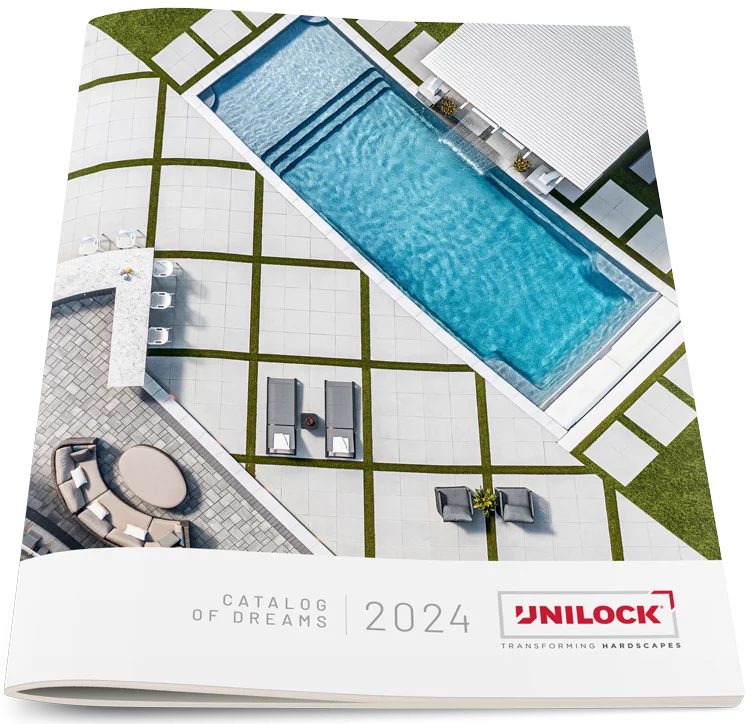
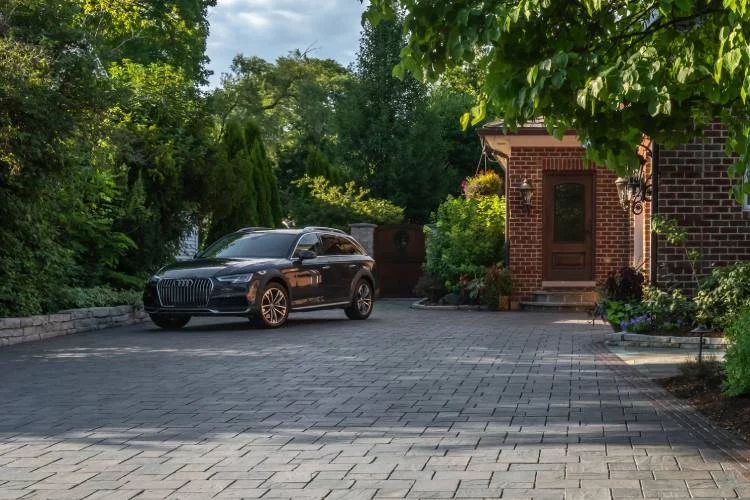
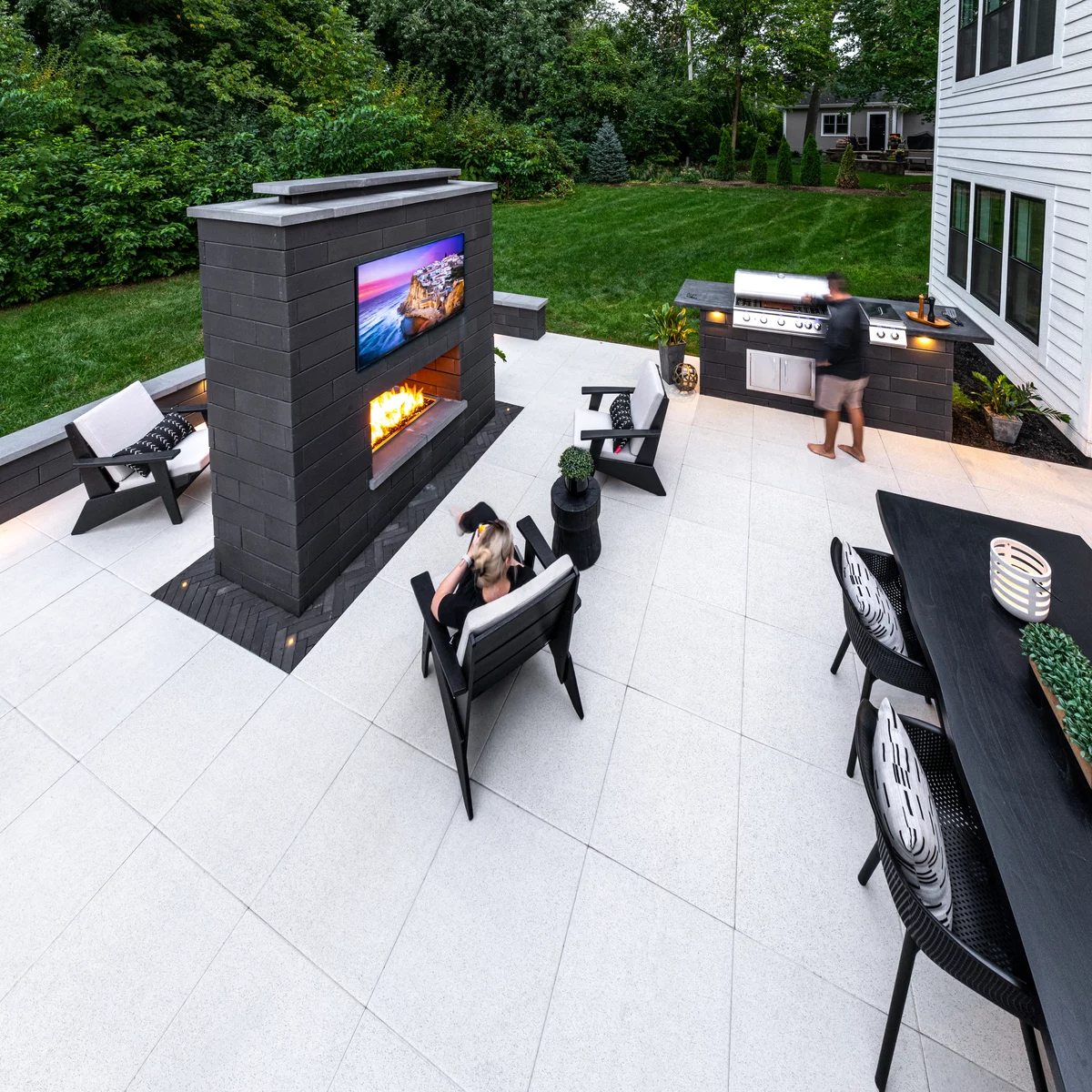
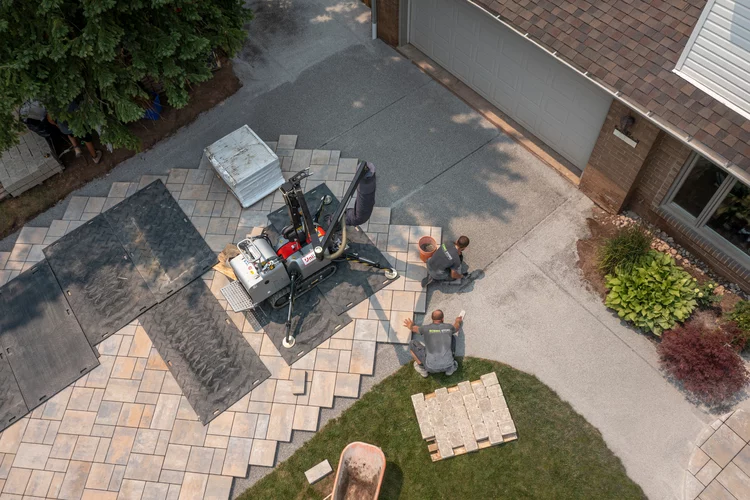
 Download PDF
Download PDF